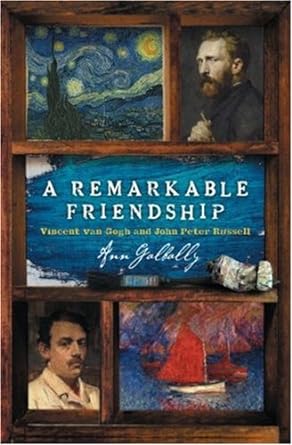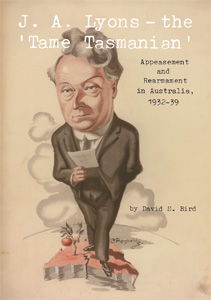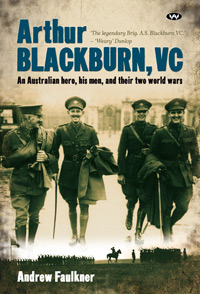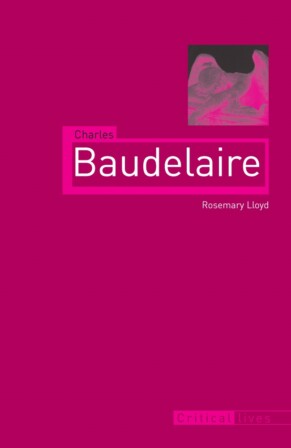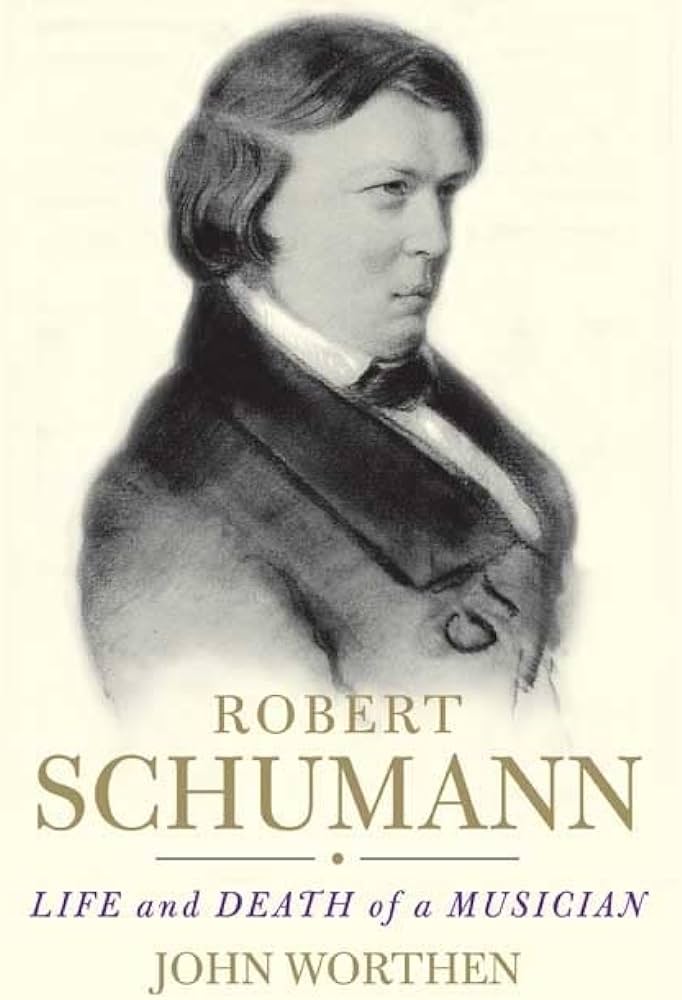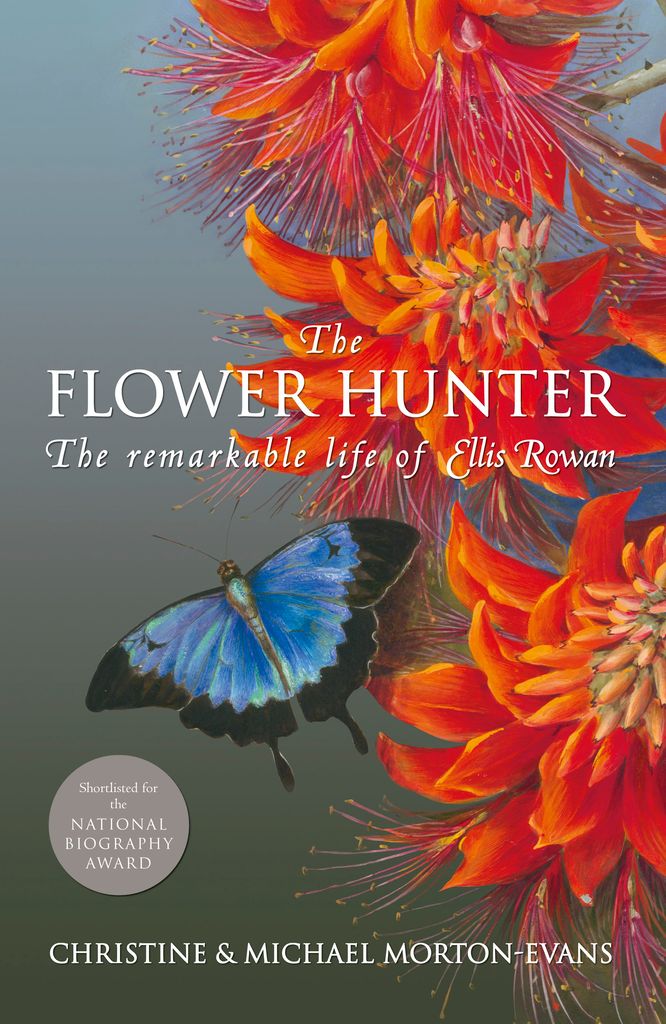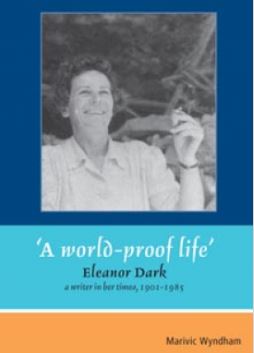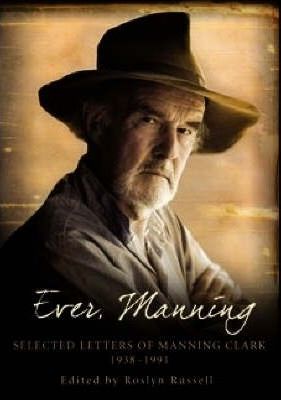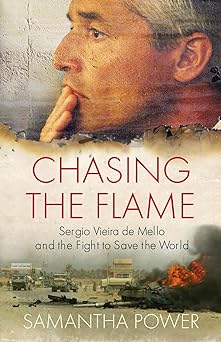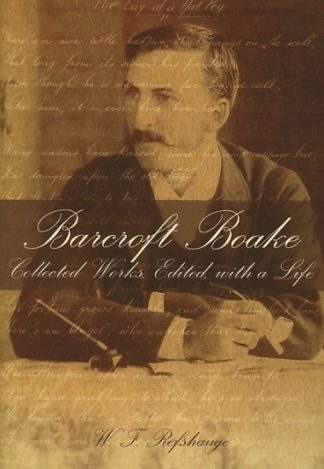Biography
A Remarkable Friendship: Vincent Van Gogh and John Peter Russell by Ann Galbally
In 1880, John Peter Russell left Sydney to seek an artistic education and, like many painters of the time, ended up in Paris. Vincent van Gogh also migrated to the city’s ateliers, and in 1886 they met. The friendship that developed between the twenty-eight-year-old Australian and the thirty-three-year-old Dutchman continued until the latter’s death four years later. Russell painted a penetrating portrait of Van Gogh that captures both the intensity and untrusting nature of his mentally vulnerable subject. The two men exchanged letters, and Van Gogh sent Russell sketches and photographs.
... (read more)J.A. Lyons – The ‘Tame Tasmanian’ by David S. Bird & Enid Lyons by Anne Henderson
Literature is full of unexpected coincidences. After a long silence, two books appear within a matter of months that present both a detailed, personal and a deeply investigative account of those unique political partners, Joseph and Enid Lyons.
... (read more)Arthur Blackburn, VC: An Australian hero, his men and their two world wars by Andrew Faulkner
In the days of the Great Anzac Revival, it is unusual to find an Australian VC who has not been the subject of a biography. Here we have one of the most famous of them all – Arthur Blackburn (1892–1960). I was surprised to find that this is the first biography of him.
... (read more)Charles Baudelaire (1821–67) occupies a pivotal position in the development of modern writing, not just as the poet of Les Fleurs du mal (The Flowers of Evil, 1857) but as the proponent, in his critical writings, of a modern aesthetic based on the experience of city life. More than any other French poet of his time, he marks the transition from the Romantic to a proto-modernist poetic style and stance. T.S. Eliot recognised the nature of this achievement when he said that for him the significance of Les Fleurs du mal was summed up in the first lines of ‘Les sept vieillards’ (‘The Seven Old Men’), in Baudelaire’s vision of the ‘teeming city, city full of dreams, / where ghosts in broad daylight accost the passer-by’. ‘I knew what that meant,’ Eliot said, ‘because I had lived it before I knew that I wanted to turn it into verse on my own account.’
... (read more)Robert Schumann: Life and death of a musician by John Worthen
Does it matter whether Robert Schumann suffered a slow, passive and continuous decline towards the madness of his last two years or, as John Worthen strongly affirms, a sudden descent into psychosis after a creative lifetime marked by personal resilience and determination? Many people would argue that it is particularly important in music not to let biography get in the way of hearing what the composer has created in sound, if for no other reason than that it could hinder music’s special freedom to mean quite different things to different listeners.
... (read more)The Flower Hunter: The remarkable life of Ellis Rowan by Christine and Michael Morton-Evans
During the hot summer of 2002, I visited Canberra for the first time and alternated between the air-conditioned confines of the National Gallery and the National Library of Australia. It was in the latter that I stumbled upon The Flower Hunter, an exhibition of works by the Australian flower painter Ellis Rowan, whose life is now chronicled in a biography by Christine and Michael Morton-Evans.
... (read more)A World-Proof Life: Eleanor Dark, a writer in her times, 1901-1985 by Marivic Wyndham
Eleanor Dark is one of the great novelists of Australia’s mid-twentieth century, along with Christina Stead, Katharine Susannah Prichard, and Patrick White. The modernity of her writing is still stunning. But it has always been difficult to grasp her oeuvre whole. Her novels have seldom, if ever, all been in print at once, and some have virtually disappeared from sight, while the popular success of The Timeless Land (1941) overshadowed the achievements of her other works. Oh, for a ‘standard edition’ of all her titles! Somehow her career lacks a satisfying shape or trajectory, as if it amounts to less than the sum of its often brilliant parts. As G.A. Wilkes put it in 1951, ‘The kind of novel she can write well … no longer satisfies her; the kind of novel she wants to write, she has not yet achieved.’
... (read more)Ever, Manning: Selected letters of Manning Clark 1938–1991 edited by Roslyn Russell
In death, as in life, Manning Clark casts a long shadow. The author of A History of Australia (1962–87) remains a figure of considerable interest and contention in intellectual and cultural debate. Clark’s imposing oeuvre has its detractors and admirers. In pioneering a fresh and richly imagined awareness of national history for a post-World War II generation of Australians, Clark was an inspiring teacher. He encouraged his students to work with primary source materials. In doing so he assembled for publication three volumes of Australian historical documents that brought the underpinnings of Australian history into the ken of general readers. The publication of these documents served as something of a dress rehearsal for the great task Clark set himself: to write a version of the Australian story he conceived in grandeur and tragedy, nobility and ordinariness. As Carl Bridge has noted, Clark’s History has been seen by some as ‘a majestic blue gum of Australian historical scholarship’, and by others as ‘gooey subjective pap’. With the appearance of each volume, reviewers were sharply divided about the merits of Clark’s style, his interpretation, and even the veracity of his history. But while doubts remain, distance has conceded to the History its standing as a work of literature of the imagination that might sit in the same company as the paintings of Arthur Boyd and Sidney Nolan, or the novels of Patrick White.
... (read more)Chasing The Flame: Sergio Vieira De Mello and the fight to save the world by Samantha Power
This is a heavy book with which to make a leap of faith: to trust that one life can make a difference in the deeply compromised pursuit of international justice and security. In the epilogue to her biography of Sergio Vieira de Mello, Samantha Power suggests ‘if there was anyone who could have wrung from the UN whatever reform and promise it could muster, it was he’. In this long book, depicting some of the worst that humanity can inflict on itself, Power builds this image of Vieira de Mello. If her claim for his significance is justified, then we might indeed revisit the conditions for such faith.
... (read more)Barcroft Boake: Collected works, edited, with a life by W.F. Refshauge
Barcroft Boake is remembered as one of the lesser lights in the school of Bush poets publishing in the Sydney Bulletin in the late nineteenth century. Two facts are probably known to most people who have heard of him: that he wrote a gloomy but impressive and memorable poem, much anthologised, called ‘Where the Dead Men Lie’, and that he hanged himself with his stock-whip when young. (Some, mindful of Keats, might guess he was twenty-six when he died, and they would be right.)
... (read more)

